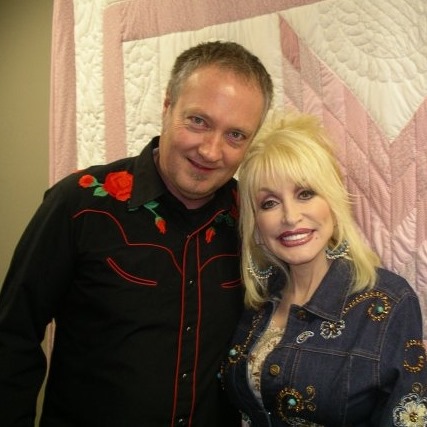Saint Etienne took Neil Young’s wistful song from After The Gold Rush and gave it a dance makeover to create a classic indie-dance comedown lament.
The video emphasises its urbanisation – all dub basslines, piano loops and drum breaks – by taking us on a moody black-and-white tour of North London before it gets a bit ravey at the end.
To be honest, I had forgotten that Saint Etienne started out with a different singer – Moira Lambert – before Sarah Cracknell joined Bob Stanley and Pete Wiggs, and I’d forgotten Cracknell didn’t sing on their first hit single.
This isn’t her though… Lambert declined to appear in Nicola Baldwin’s video so her place was taken by Lucy Gillie, from another early ’90s trio, Golden, miming her vocals.
There’s another video featuring Cracknell (also miming), in which the group enter a cinema in the French town that gave them their name and see themselves on screen.
The song was recorded in two hours in the South London bedroom studio of producer Ian Catts in January 1990 and proved appealing enough to earn Stanley and Wiggs a record deal.
The song sneaked into the Top 40 in July 1990 and got a second lease of life when it was remixed by Andrew Weatherall, turning up those dub basslines, for a nine-minute epic called A Mix Of Two Halves (see below).
Other mixes were made by Masters At Work and Flowered Up.
Although this was Saint Etienne’s first single, Stanley and Wiggs had previously issued two singles – Seven Ways To Love and He Is Cola – under the name Cola Boy, the first featuring Cracknell’s vocals and the second sung by Janey Lee Grace.
They had initially intended to use a rotating cast of female guest singers – Lambert was followed by Donna Savage on their next single, Kiss And Make Up – but after Sarah Cracknell sang on their third release, Nothing Can Stop Us, she stayed on to complete their debut album Foxbase Alpha – and beyond.
Lambert, meanwhile, returned to her own band Faith Over Reason, though they split up after touring with Jeff Buckley in 1994 and, after writing the hit single Skin On Skin for Paul Oakenfold’s Grace project, she moved to Canada, where she has pursued a solo career.
The origins of Neil Young’s song are the subject of some debate: one theory is that he wrote it for Graham Nash (his fellow traveller in Crosby, Stills, Nash & Young) after the end of his romance with Joni Mitchell.
Another very different version suggests it’s actually about a friend of a friend, a film maker called Bob Giuliani, about his heartbreak over leaving a film company. I know which one sounds more likely.
